Your First Dragstrip Pass:
Safety Equipment
…once you’re hooked, you will absolutely want to empty your wallet and fill your driveway with cars just for the track.
The great thing about going to your local drag strip’s grudge night or test and tune day is that you get the chance to actually race your car on the track with very little extra effort or expense – it’s one of the best ways to get involved in motorsports without having to spend a ton of money or have a specially-prepared race car. Don’t get us wrong, though; once you’re hooked, you will absolutely want to empty your wallet and fill your driveway with cars just for the track. But in the meantime, the car you already have will do just fine as an inexpensive gateway drug.
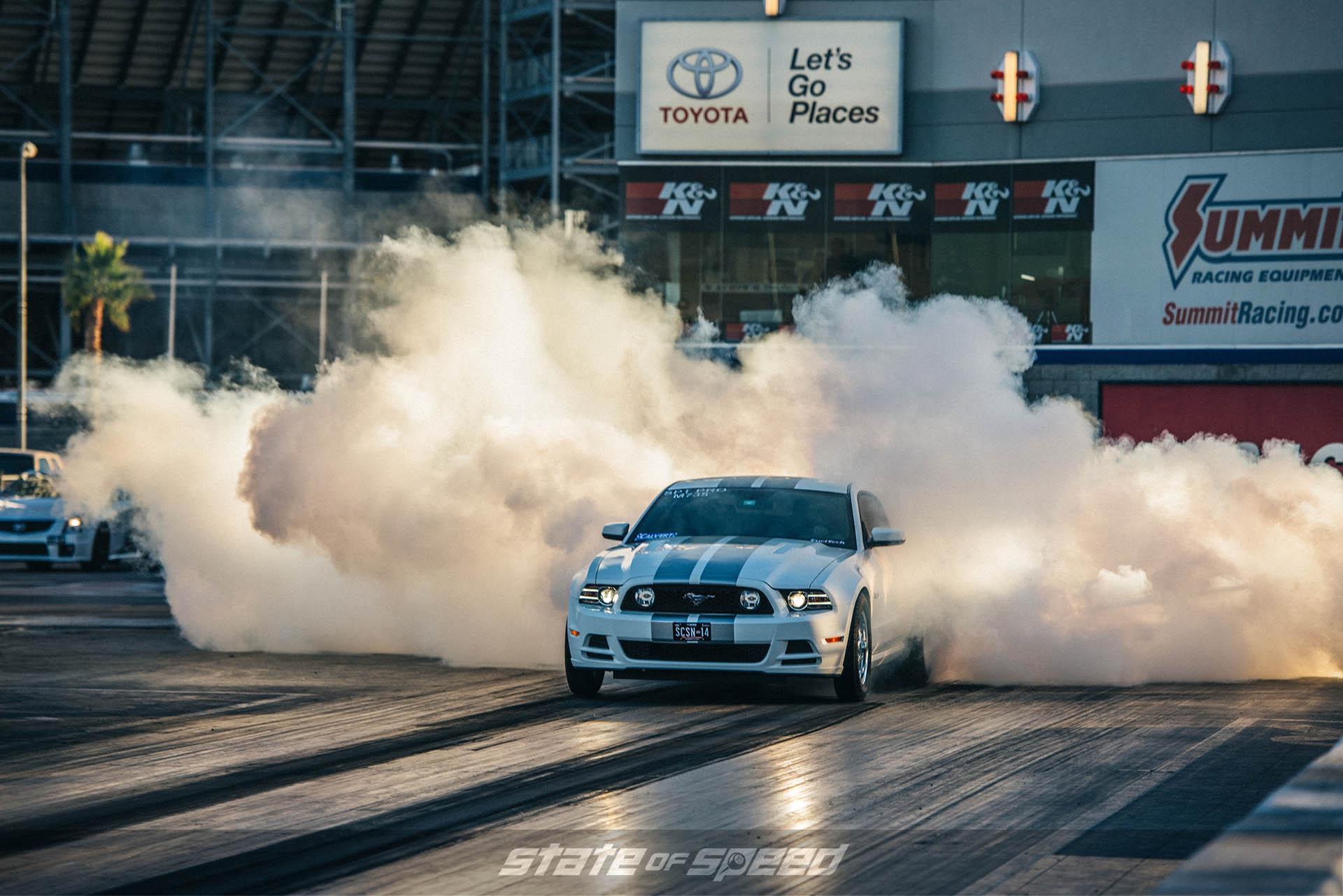
One of the things that holds people back from getting out of the stands and into the staging lanes is concern over tech inspection and track safety rules. Depending on how quick your car is, you’ll have to meet some basic equipment standards in order to be allowed to run at a dragstrip that follows the NHRA or IHRA rulebook, and today we are going to take a look at those requirements so there are no surprises when the nice man with the clipboard asks you to hand him your tech card and pop your hood.
Safety requirements are broken down into three basic categories: How quick your car is (elapsed time), how fast your car is (trap speed), and what specific modifications you’ve made (things like adding an aftermarket supercharger, turbo, or nitrous system). The main criteria is elapsed time, and for each level of required equipment, you’ll see a break point for both quarter mile and eighth mile ET. The rules are divided up that way in order to make sure that cars running the shorter track length but accelerate just as hard as their quarter mile cousins have similar levels of safety equipment. Each level builds on the previous requirements unless otherwise noted, and please keep in mind that this isn’t the ultimate authority to what’s allowed or required – consult the NHRA rules and your local track officials if you’re in doubt
All Vehicles
In general, your car needs to not be leaking any fuel, oil, or coolant. Your battery needs to be properly secured with a real hold down clamp (no zip ties, shoelaces, or other janky fixes), and you will have to have a radiator overflow catch reservoir. Your tires should be in good condition, and you can’t have any broken wheel studs or missing lug nuts. Factory seatbelts are another necessity, and you will be required to wear a shirt, long pants, and closed-toe shoes. Finally, you’ll need a valid driver’s license or NHRA/IHRA competition license.
Plain old DOT-rated motorcycle helmets do not meet this requirement, so don’t grab the chrome-plastic skullcap you wear on your Harley and presume you are good to go.
Some tracks will have specific additional rules – in some places, all drivers will be required to wear a helmet, no matter how slow their car is, and you may also find tracks that prohibit anything but plain water in your cooling system, so check if you aren’t sure.
13.99 and Quicker (8.59 ⅛ mile)
- Approved helmet – this will need to have either a Snell or SFI rating sticker from within the last 10 years (for example, in 2019, the oldest acceptable Snell-rated helmet would be a M2010 or SA2010). Plain old DOT-rated motorcycle helmets do not meet this requirement, so don’t grab the chrome-plastic skullcap you wear on your Harley and presume you are good to go.
13.49 and Quicker (8.25 ⅛ mile)
- Convertibles only – an approved roll bar, and SFI-rated seat belts. Be aware of the fact that there are specific design requirements for drag racing roll bars that are different from those required for road racing or track days, so consult the rulebook if you are unsure whether yours meets the specification.
- Rotaries only – SFI certified clutch and flywheel plus flywheel shield.
11.49 and Quicker (7.35 ⅛ mile)
- Approved 6-point roll bar (see above)
- SFI-rated seat belts – this includes an ‘anti-submarine’ strap (making it a 5-point restraint) and it has to be either manufactured or recertified by the manufacturer in the last two years, as shown on the tag attached to the belt. As an aside, this is often a cause of grumbling among racers who think that recertification every two years is excessive, or even a way to force people to buy new belts they don’t need. The reality is that next to helmets, belts are the most important personal safety item in your car, and they’re easily damaged by sunlight, heat, and abrasion. If you’re putting together a car that will need SFI 16.1 belts, do yourself a favor and wait until you are completely done and ready to run the car before you buy them so that you get the most use out of them as possible before they need recertification. If you don’t want to go to the hassle of sending them back to the manufacturer for inspection after two years and just want to replace them, check out your local off-road forums to sell your old ones, because harnesses that are out of date but still serviceable are popular with ‘wheelers who aren’t concerned about high speed crashes.
- Manual-transmission cars – SFI certified clutch and flywheel plus flywheel shield.
- Rear-wheel-drive cars – Driveshaft loop.
- Jacket meeting SFI Spec 3.2A/1.
10.99 to 10.00 (6.99 to 6.40 ⅛ mile)
- Automatic Transmission – SFI-rated transmission shield and locking dipstick tube. The transmission shield can be either rigid or blanket-type, as long as it meets SFI 4.1 specifications.
- Rear-wheel-drive cars – Aftermarket axles and axle retainers.
- SFI-spec harmonic balancer.
9.99 and Quicker (6.39 ⅛ mile)
Single-digit timeslips are a big break-point for safety rules, where a whole bunch of new requirements kick in, including a competition license for the driver. Cars this quick are beyond the scope of this article, and by the time you’ve built one capable of running under a 10-flat quarter mile, you will already be well-acquainted with the safety requirements.
Trap Speed Safety Requirements
Note that these requirements apply to both quarter- and eighth-mile trap speeds, but generally speaking if you are going fast enough to trigger them, you’re already way past needing our advice…
- 135 MPH – SFI-spec padding anywhere the driver’s helmet may come in contact with roll bar or cage components.
- 135 MPH – All the same requirements as a car running faster than 10.00, regardless of actual elapsed time.
- 150 MPH – Parachute.
Modification-Related Safety Requirements
On the other hand, if you show up in your HEMI Challenger with a big aftermarket supercharger strapped to the top, all bets are off.
Here’s the part that trips people up; once you start modifying your car with speed parts, an eagle-eyed tech inspector may find certain changes trigger additional safety rules. For the most part, as factory cars have gotten quicker and quicker over the years, drag racing sanctioning bodies have been pretty lenient about allowing them to run in unmodified form even if they are technically past the ET limits for some requirements. This allows cars like late model ZR1 and Z06 Corvettes, Nissan GT-Rs, Shelby Mustangs, and Dodge Hellcats and Demons to pass tech.
On the other hand, if you show up in your HEMI Challenger with a big aftermarket supercharger strapped to the top, all bets are off. Here are some examples of safety regulations that are triggered by modifications made to your car, regardless of what elapsed time you are running:
- Non-OEM turbo, nitrous, or supercharger – SFI 3.2A/1 jacket for the driver.
- Water/Methanol Injection – The tank, pump, and lines can’t be in the passenger compartment, and if the tank is in the trunk, a solid bulkhead of .024-inch steel or .032-inch aluminum is required to isolate it from the driver.
- Nitrous Oxide – If the bottle is in the passenger compartment, it must be equipped with a “blow down” tube that vents the pressure relief valve outside the vehicle. No matter where it’s located, it must be “permanently mounted”; hose clamps and tie wraps aren’t acceptable, and you can’t just stuff it in the back seat footwell and run the passenger seat all the way back to jam it in place.
- Drag Slicks – If you’re running quicker than 14-flat in a RWD car and running slicks, you’ll need a driveshaft loop. Tires with DOT approval for street use don’t trigger this requirement until you go quicker than 11.50, as mentioned above.
- Spool – RWD cars with a “locked” differential need aftermarket axles and axle retention devices to go with, regardless of ET.
- Relocated Battery – If you’ve moved the battery from the stock location to the trunk, a master electrical cutoff mounted at the rear of the car and accessible from outside is required.
Preparation is the Key
We’ve covered the major points of required safety equipment here, but this article isn’t intended to be the final authority on the subject. Our goal is to give you an overview of what you’ll need to pass tech and have a safe, enjoyable day at the dragstrip. For most street-driven cars, the safety requirements are very easy to meet; first-timers are often wildly optimistic when estimating just how quick their whip actually is, so chances are that a good helmet and a car that isn’t dripping oil or antifreeze is all you will need.


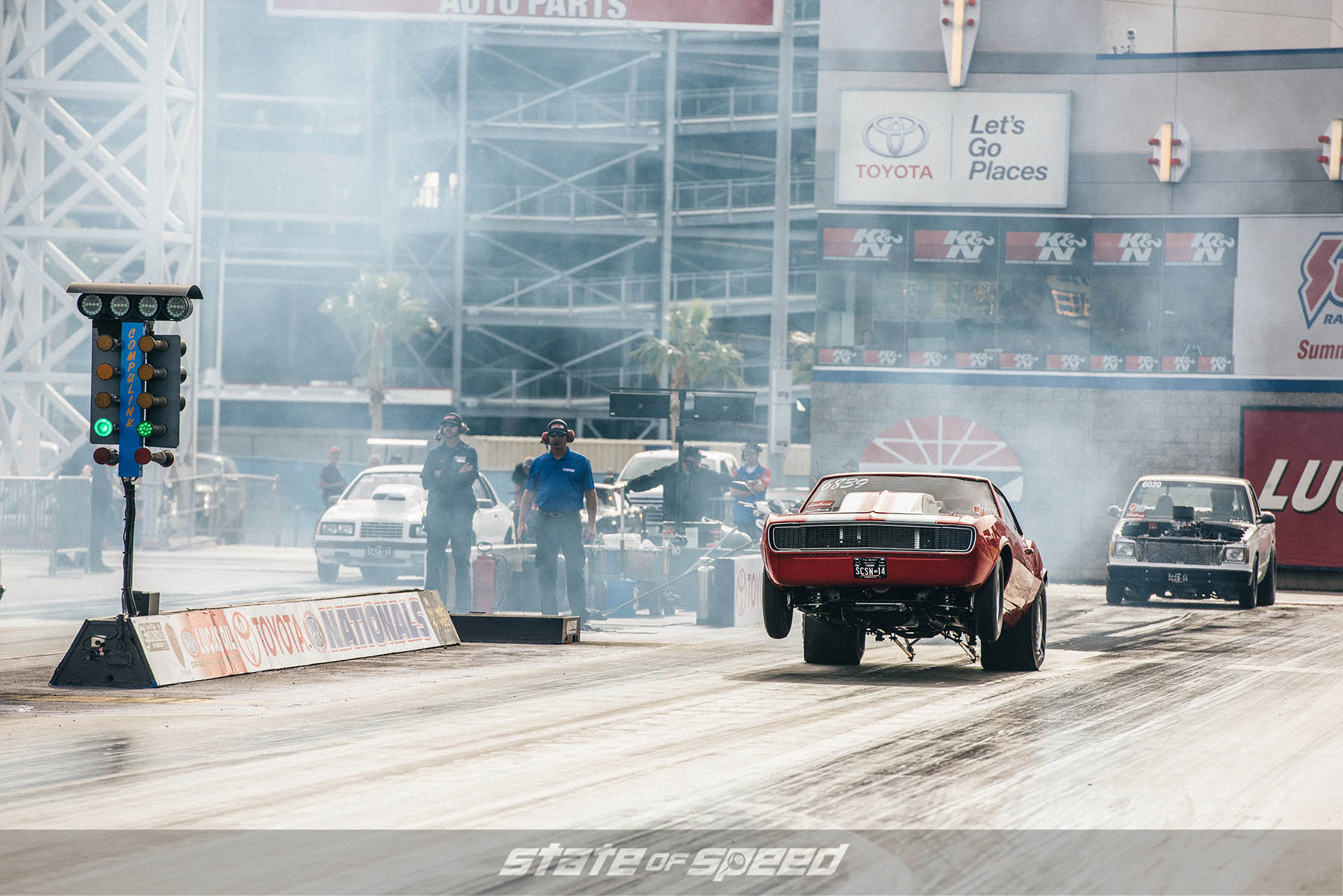
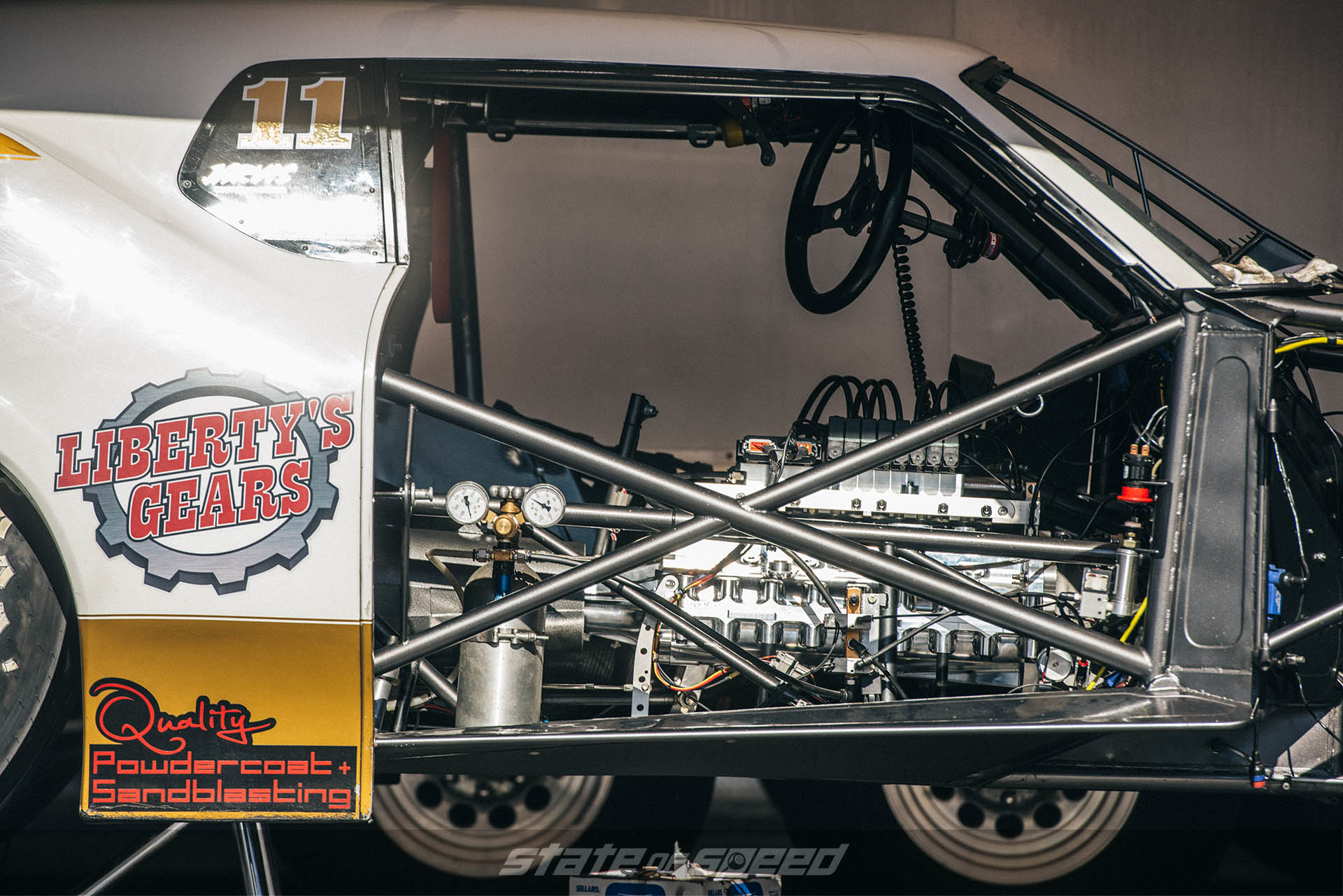
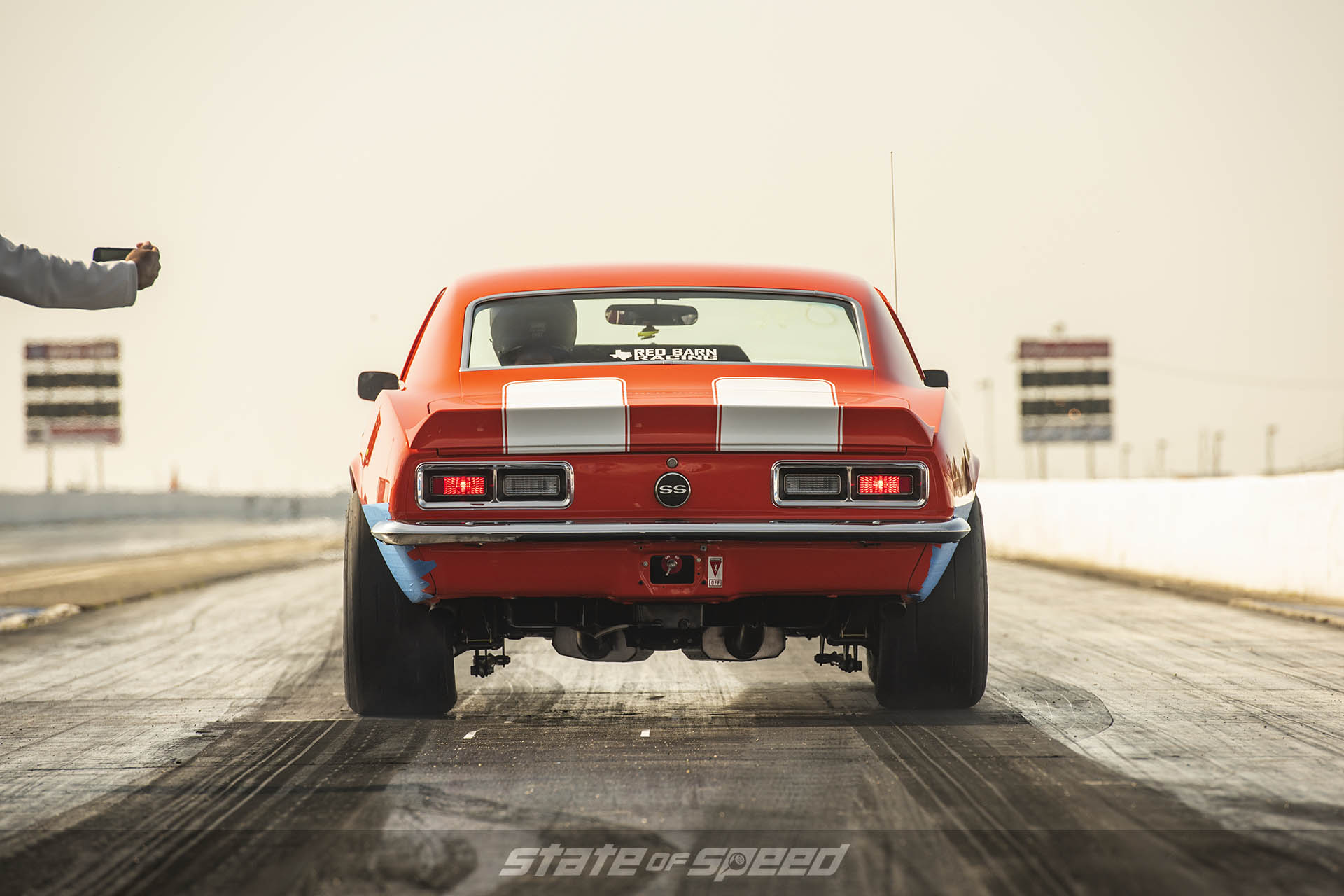

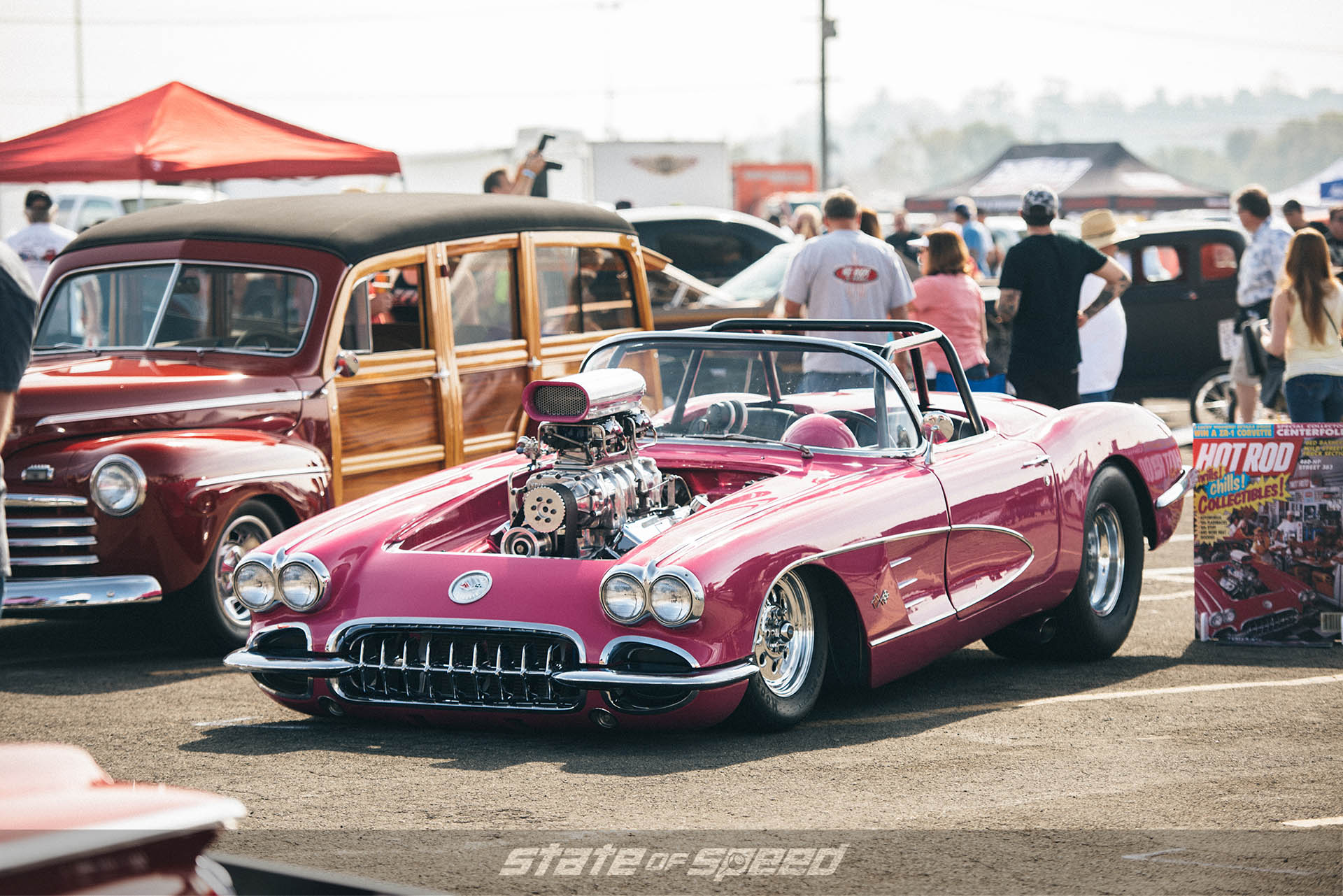
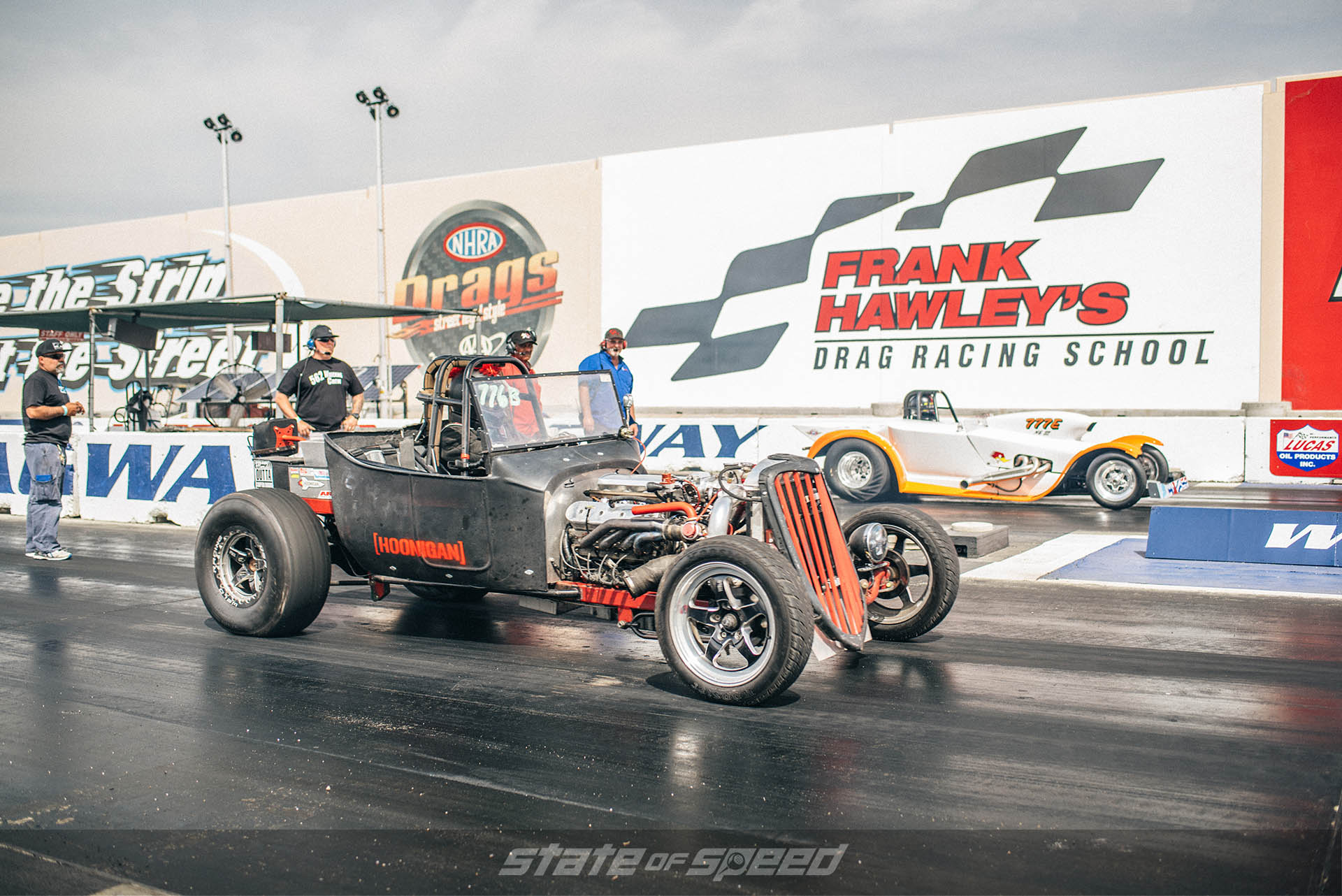
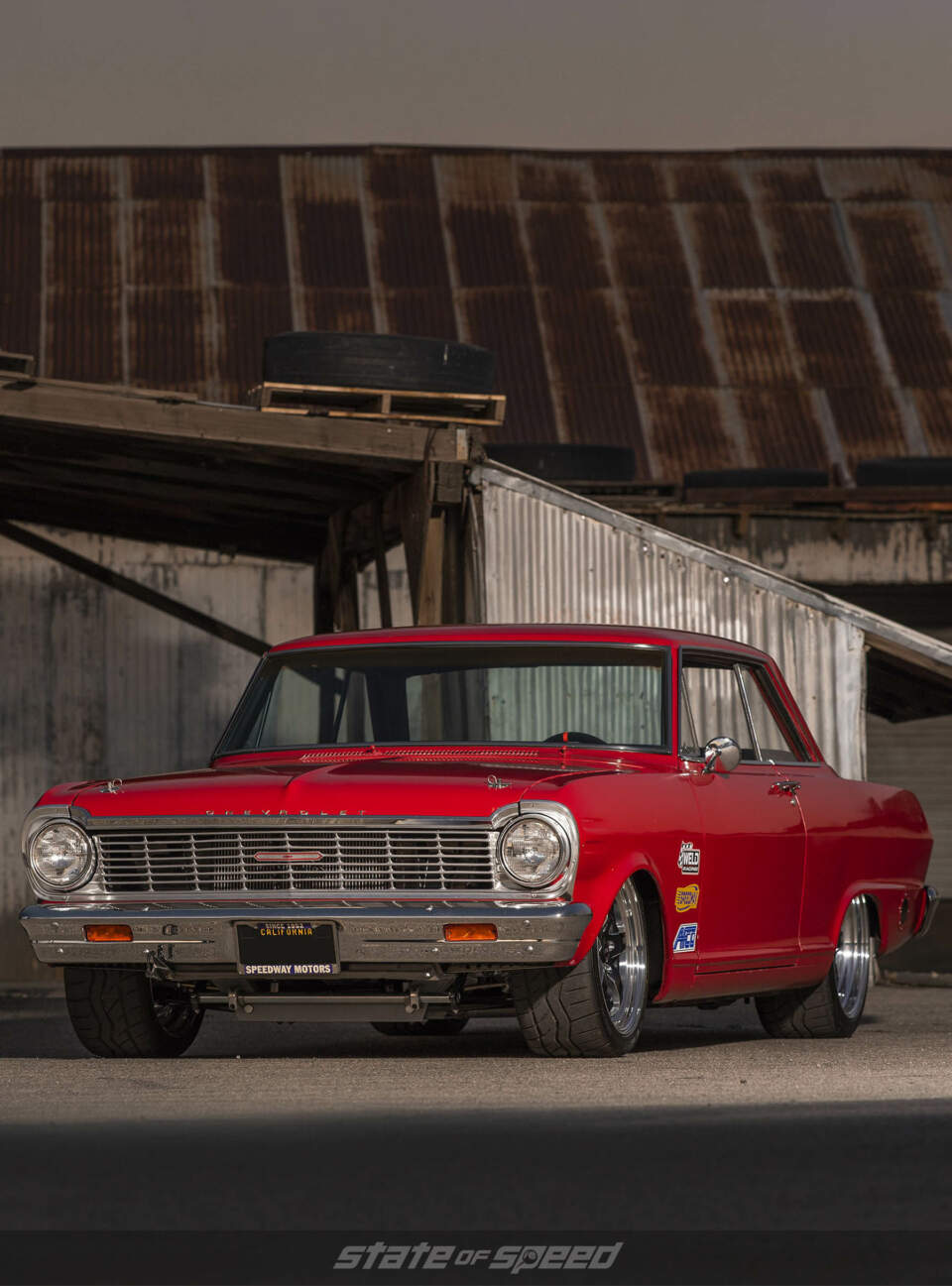
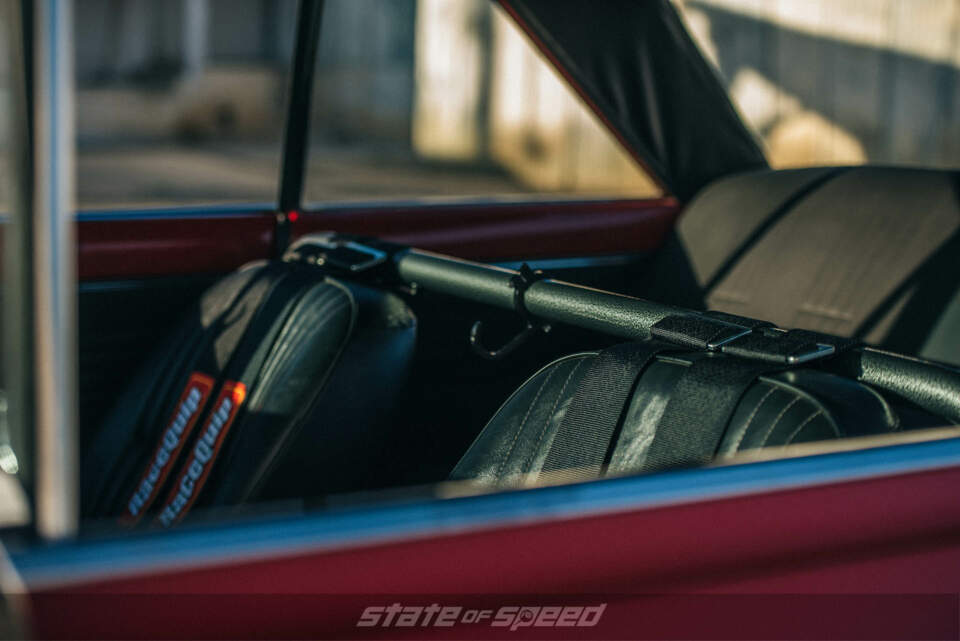
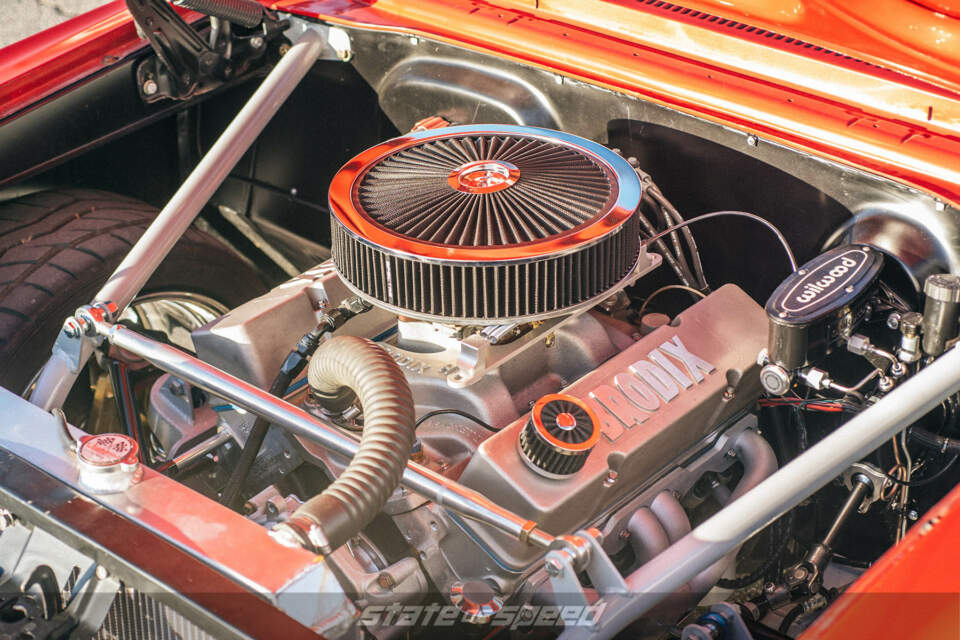
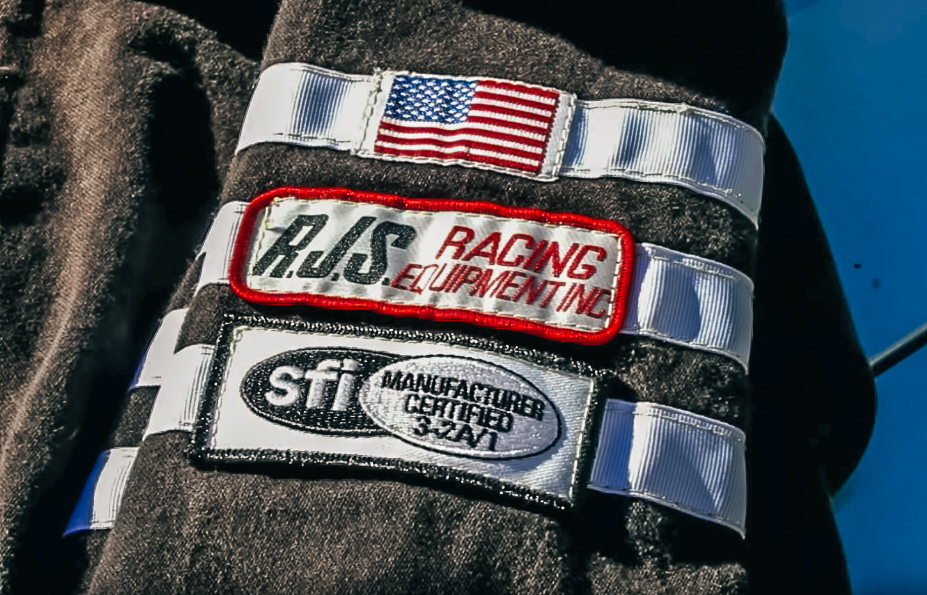
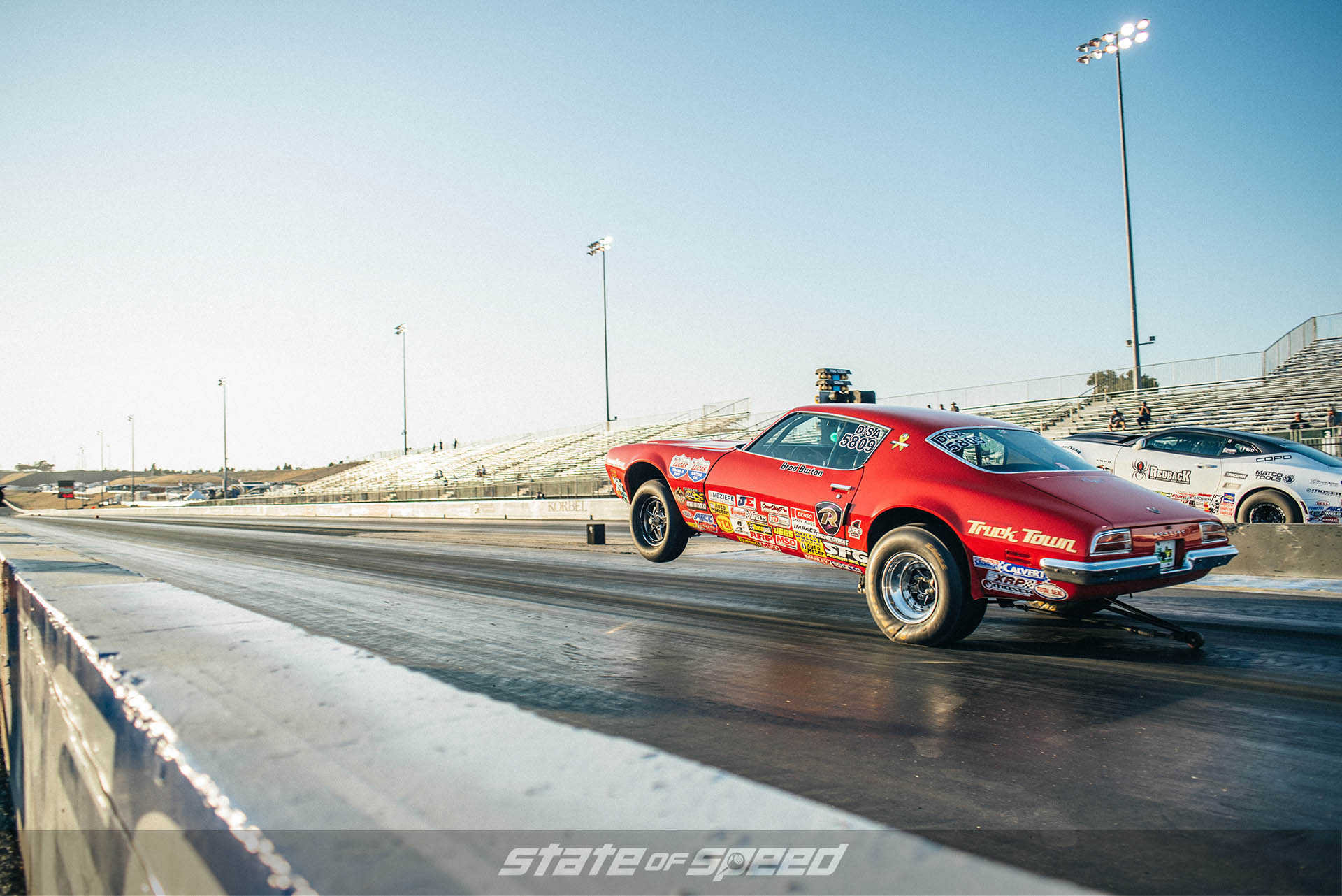
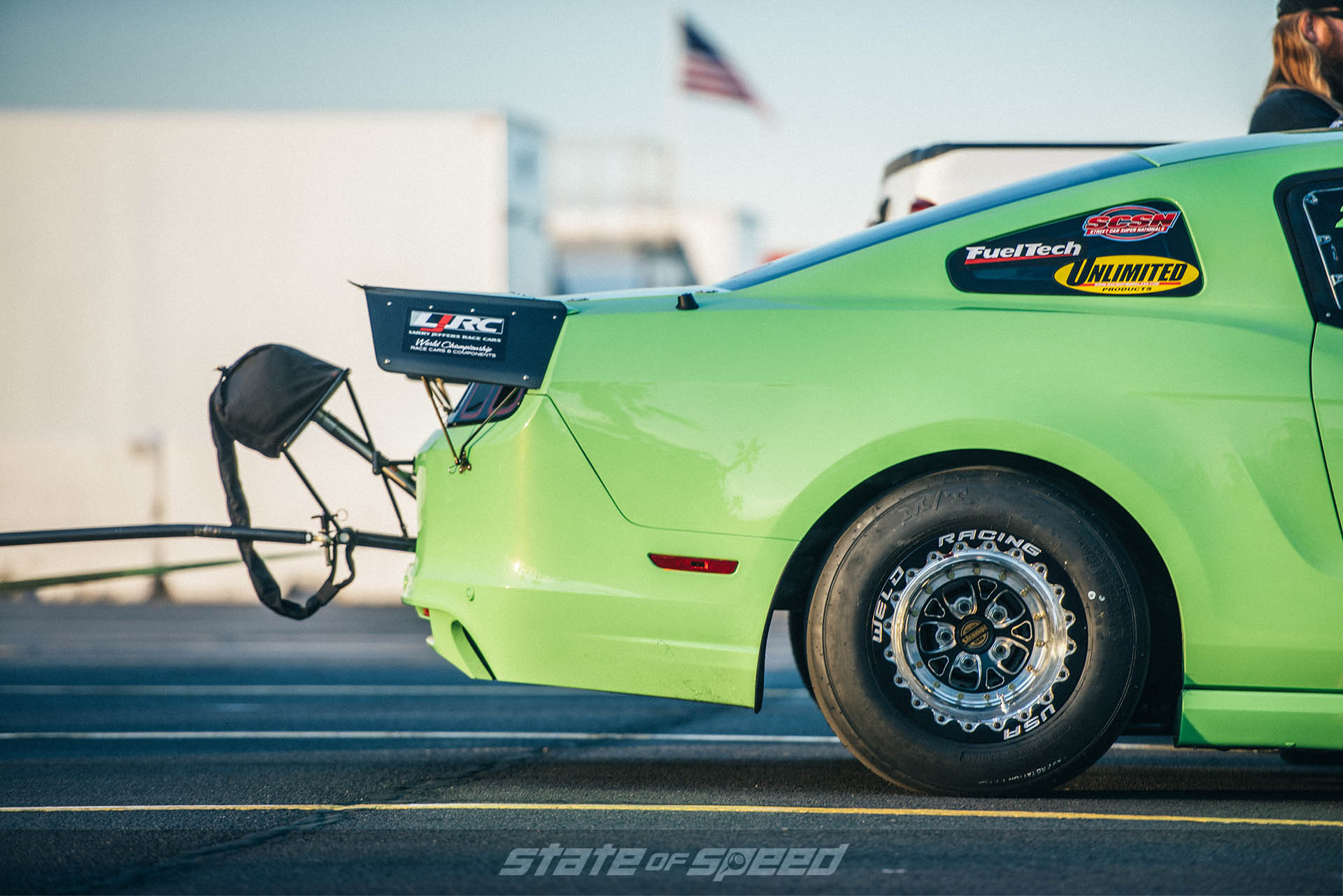

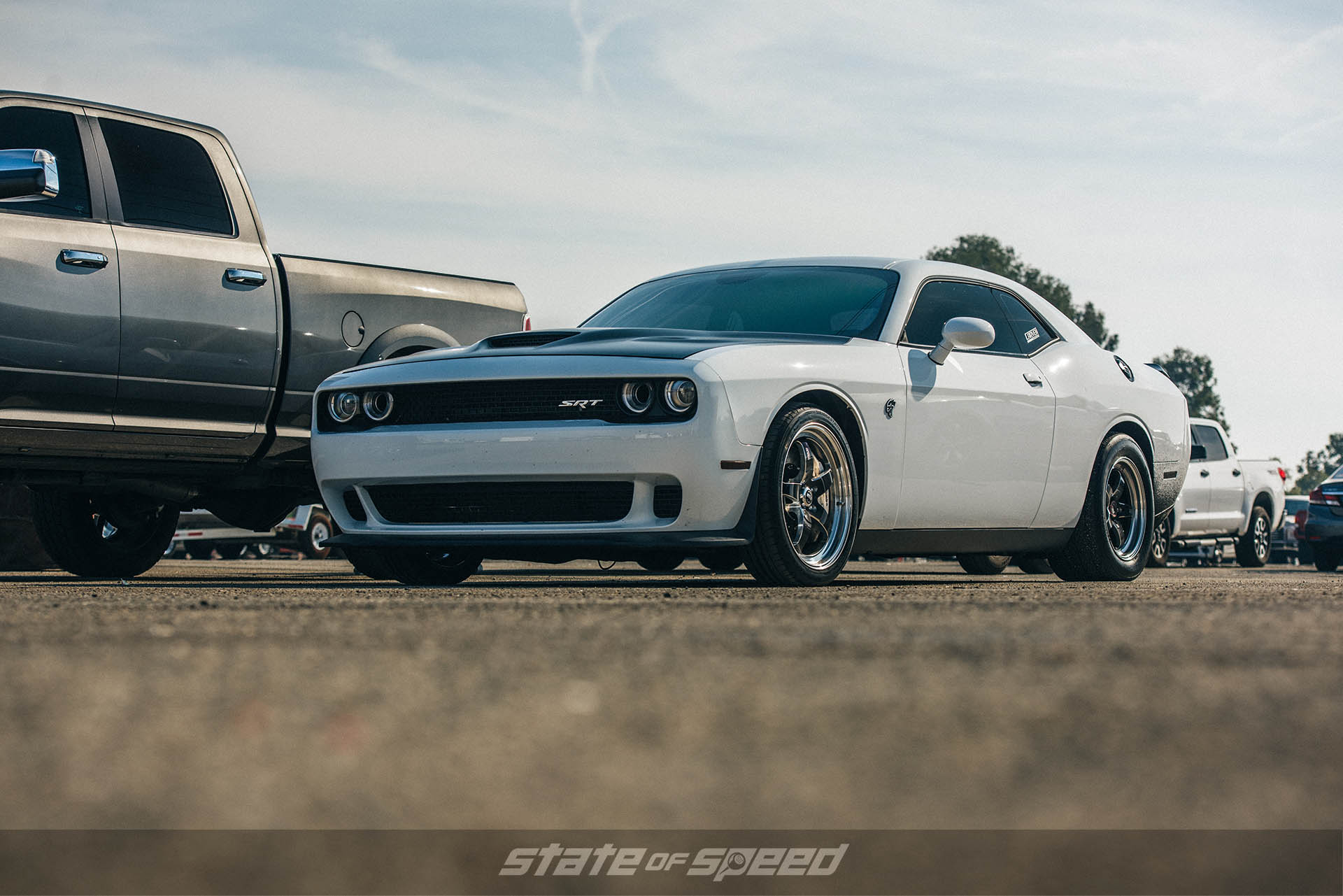
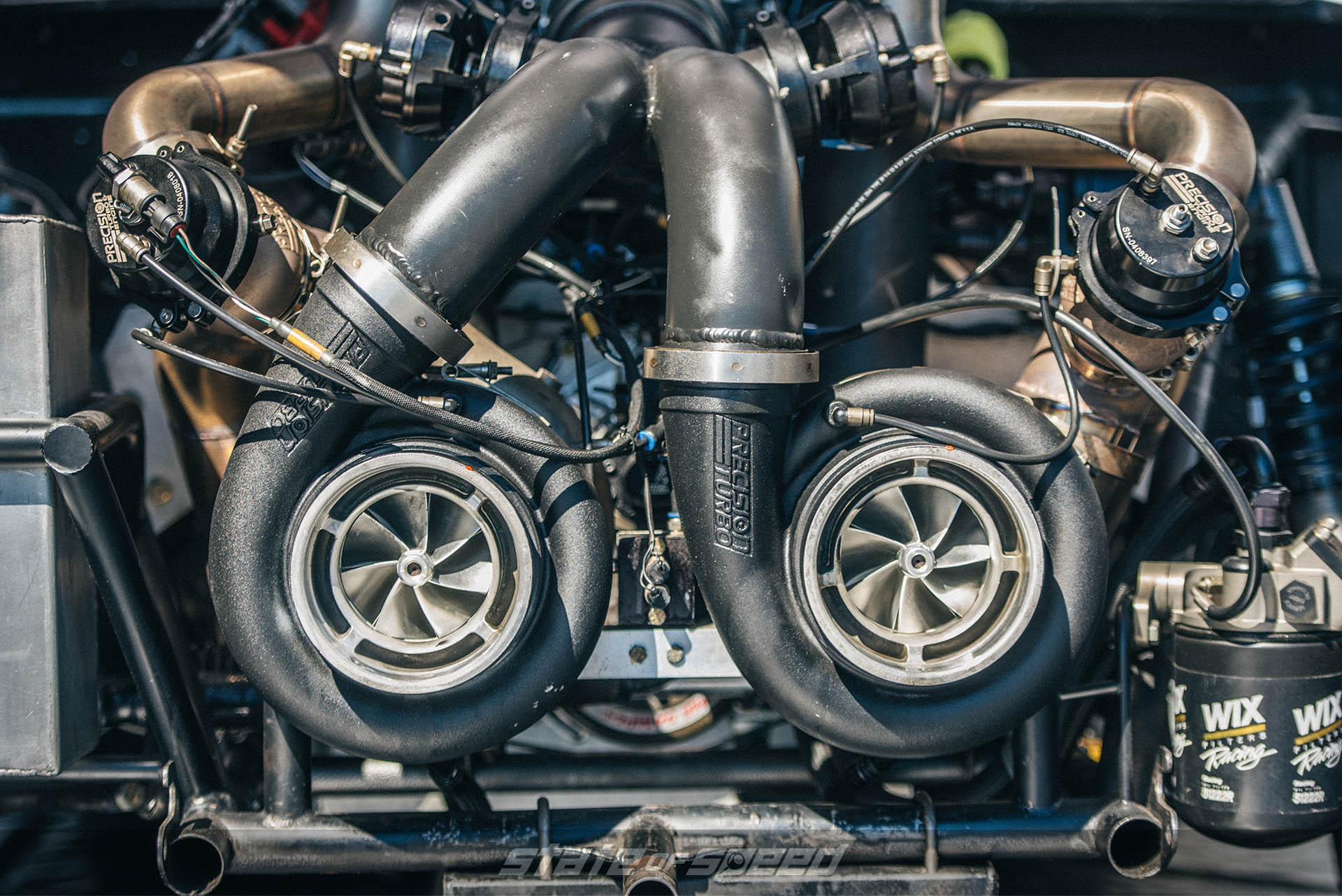
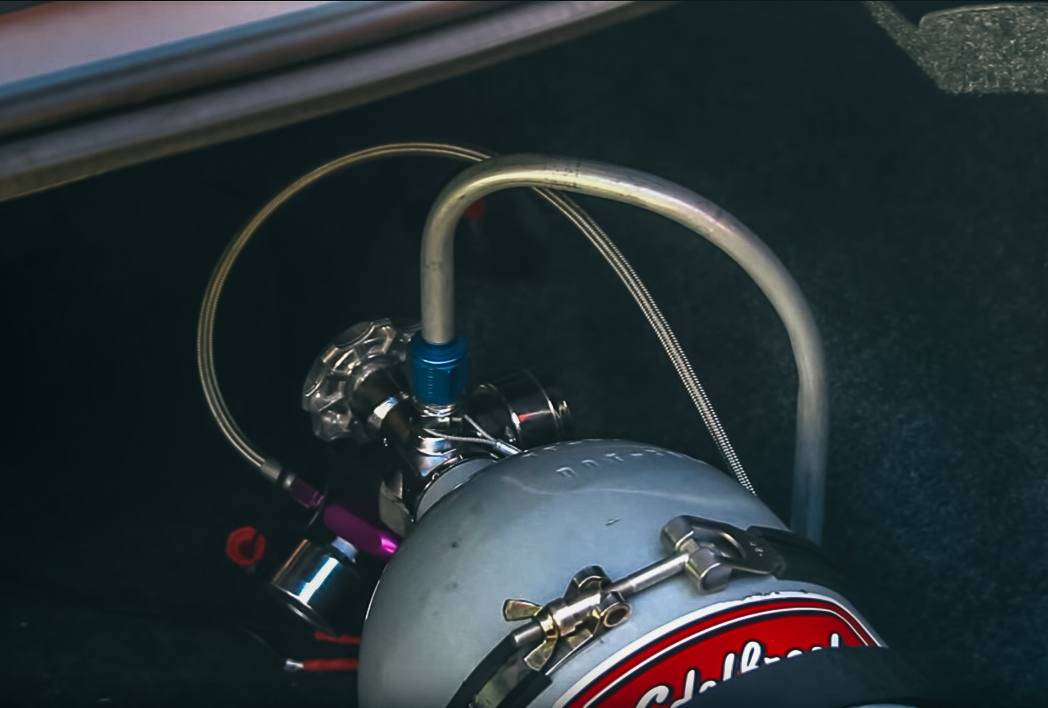
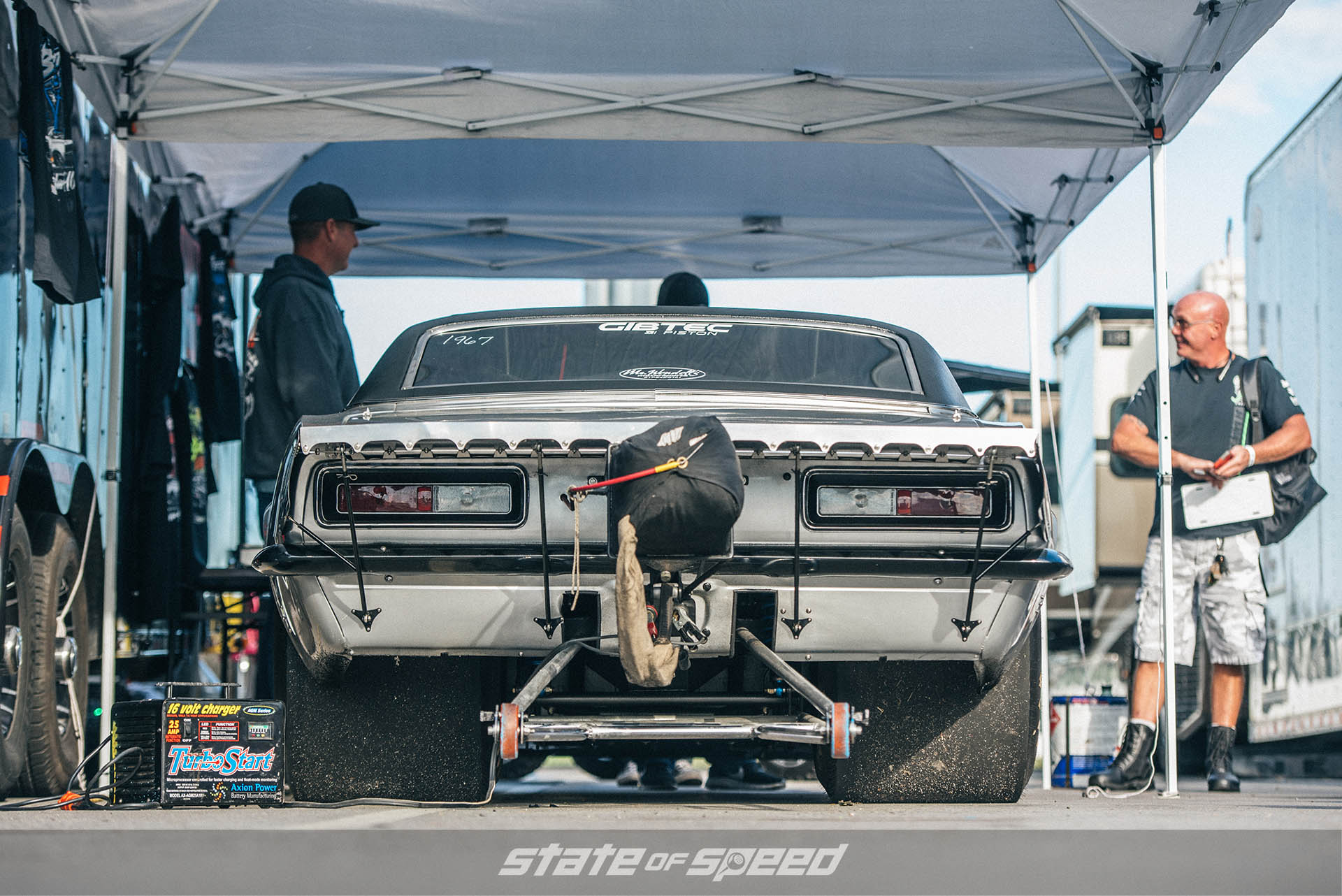
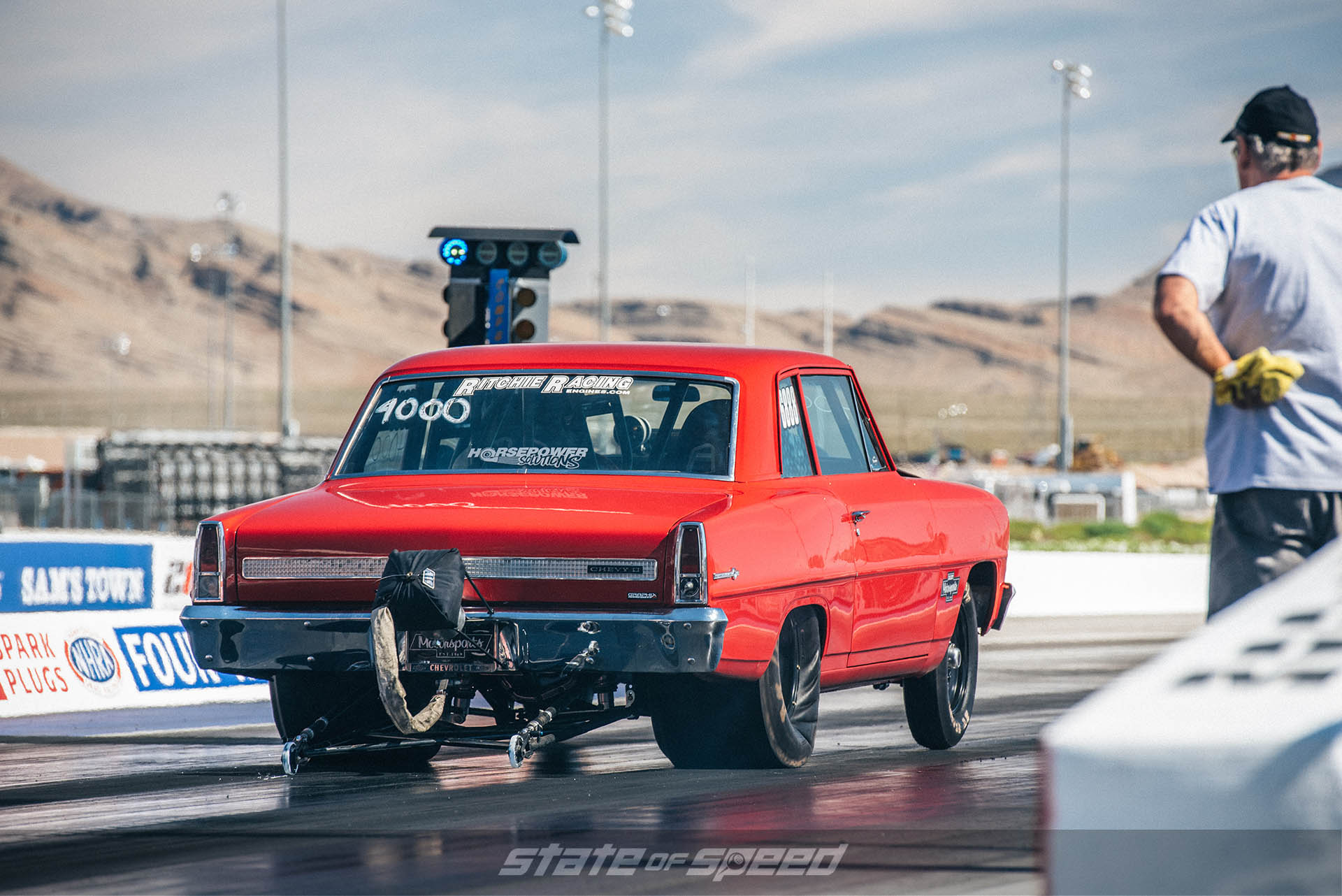
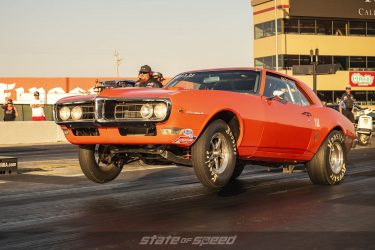
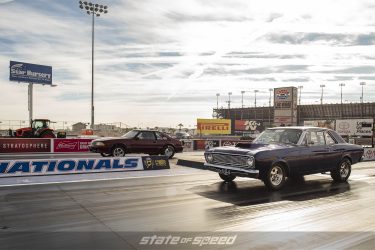


Will the Tesla mod X plaid that is expected to turn ~150 in 9.9 secs require a parachute and a roll bar and what will he driver require besides a helmet, i.e., full fire retard suit, gloves, neck brace and? Thanks